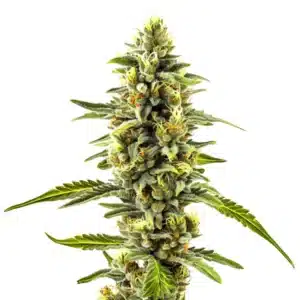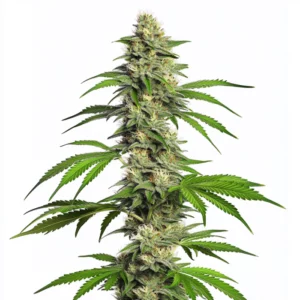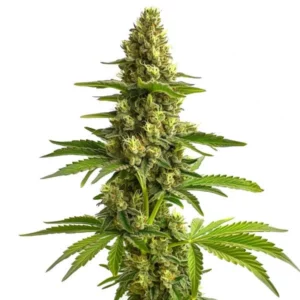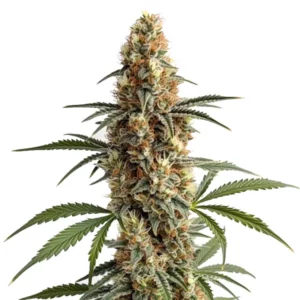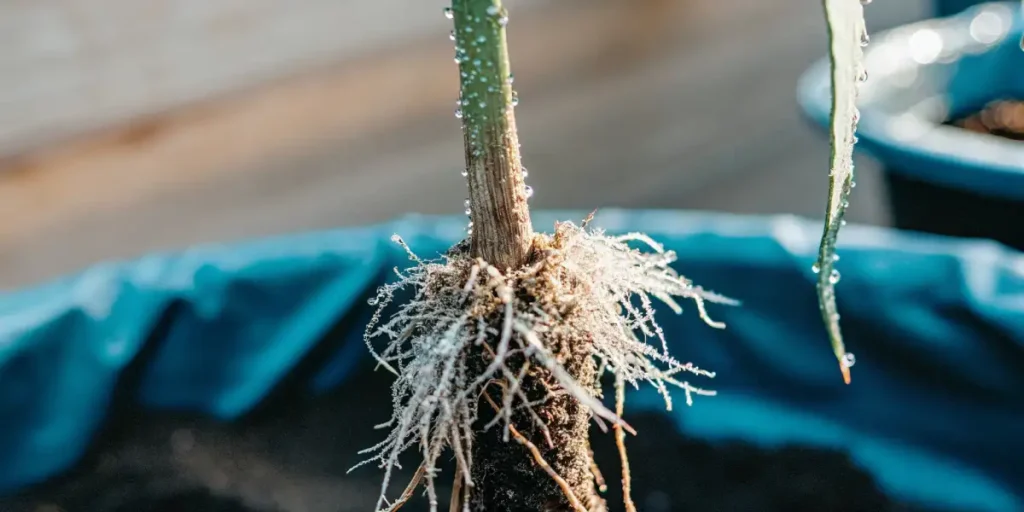
The Mad Scientist’s Technique: Can You Clone Cannabis from a Root?
So, you’ve mastered cloning from stems, and now you’ve heard whispers of a more mysterious, almost mythical technique: creating a new cannabis plant from a piece of its root. It sounds like something from a sci-fi movie, right? A true test of a grower’s skill.
But can it actually be done? The answer is yes, it is possible. But this is an advanced technique with one, single, unbreakable rule. If you break this rule, you will kill your mother plant. So listen up.
Recommended Strains
CBD Diesel x Gorilla (1:1)
|
|
CBD | 10% – 14% (Medium) |
|
|
Type | CBD Feminized |
|
|
Yield | High |
|
|
Phenotype | 50% Indica / 50% Sativa |
Critical x Gorilla G4 Auto
|
|
THC | 18% - 22% (Medium) |
|
|
Type | Autoflowering |
|
|
Yield | High |
|
|
Phenotype | 65% Indica / 35% Sativa |
The Unbreakable Law of Root Cloning
Before we take another step, get this into your head: You are NEVER, EVER to cut, damage, or even look funny at the main, central taproot of your mother plant.
That thick, primary root that grows straight down is the plant’s lifeline. It is the heart and soul of the organism. If you cut it, the mother plant will die. End of story. This isn’t a suggestion; it’s a law. This entire technique is about working with the other roots.
Promos & Deals
The Real Technique: Harvesting Secondary Roots
So, if we can’t touch the main root, what are we cloning from? We’re taking cuttings from the secondary roots. These are the smaller, often white and fibrous roots that branch off from the main root system, spreading out through the soil. Think of it like taking a clone from a side branch of the plant, not from the main stalk.
To do this, you need a very healthy, mature mother plant with a massive, robust root system. You’ll have to gently excavate some of the soil around the outer edge of the pot to expose some of these secondary roots without disturbing the central root ball.
Using a sterilized blade, you identify a healthy, thick-ish secondary root and take a small cutting, a couple of inches long. This little piece is your new clone.
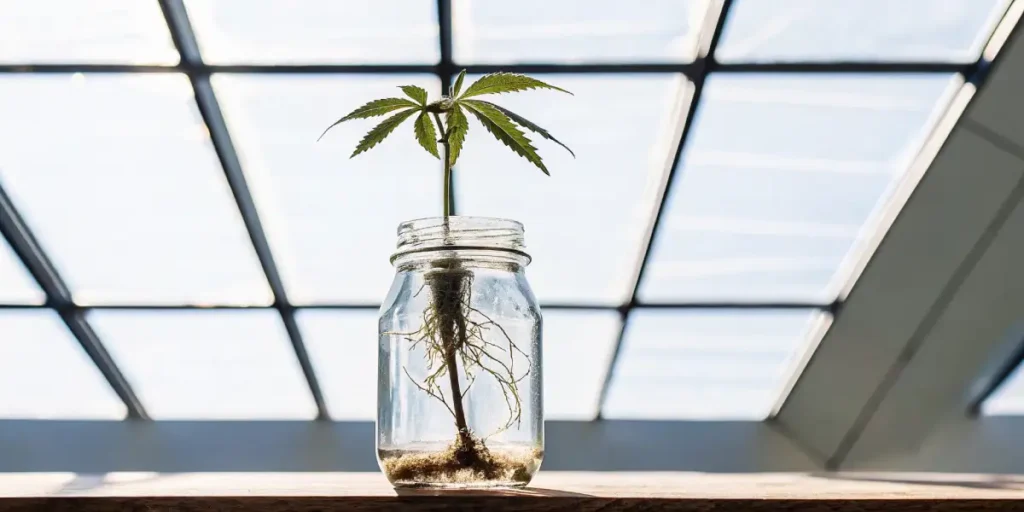
Nurturing the New Life
Once you have your root cutting, lay it horizontally just below the surface of a new pot filled with a light, airy substrate. And now, the environment is everything. You must keep that substrate consistently moist, but not soaking wet. A humidity dome over the pot is essential.
That little piece of root has no leaves or stem to draw energy from. It needs a perfectly stable and humid environment to get the signal from the universe to start shooting up new growth. Be patient. This is a much slower and less reliable process than traditional cloning from a stem.
This is not a method for production; it’s an experiment for the curious grower looking to Innovate and learn. It requires a plant with a super vigorous root system, like a Bruce Banner #3 or Gorilla Glue #4, just to have enough healthy secondary roots to work with. It’s a way to truly understand how resilient and magical the plant we Cultivate really is. When you see new green life spring from nothing but a piece of root, you’ll feel like you’ve unlocked a secret of nature. It’s the ultimate Homegrown achievement.
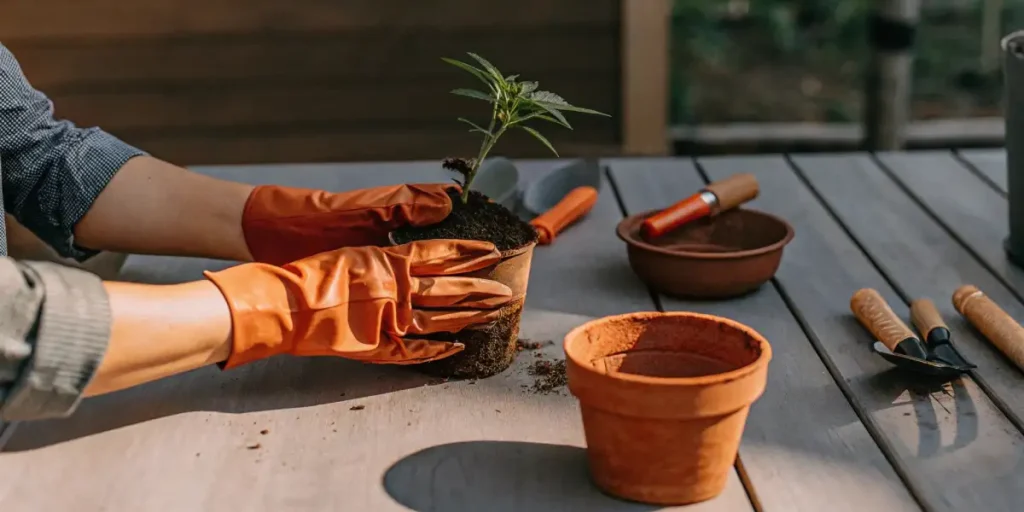
FAQs
Can you really clone a cannabis plant from its roots?
Yes, it is physically possible, but it’s an advanced and low-success-rate technique. It involves taking a cutting from a secondary root (not the main taproot) and nurturing it in a new medium until it sprouts a new plant. It is far less reliable than cloning from a stem cutting.
What is the number one rule of root cloning?
DO NOT CUT THE MAIN TAPROOT. The central, primary root of your mother plant is its lifeline. Cutting it will kill the plant. This technique only works with cuttings taken from the smaller, secondary roots that branch off from the main root system.
Which part of the root system should I take a cutting from?
You must only take cuttings from the secondary, fibrous roots that spread out from the central root ball. Gently expose the roots around the edge of the pot and select a healthy, white, and reasonably thick secondary root for your cutting.
Is cloning from roots better than cloning from stems?
No. Cloning from a stem cutting is dramatically faster, easier, and has a much, much higher success rate. Root cloning is best seen as a fun experiment for an experienced grower who wants to try something new and understand the plant on a deeper level, not as a practical method for propagation.


